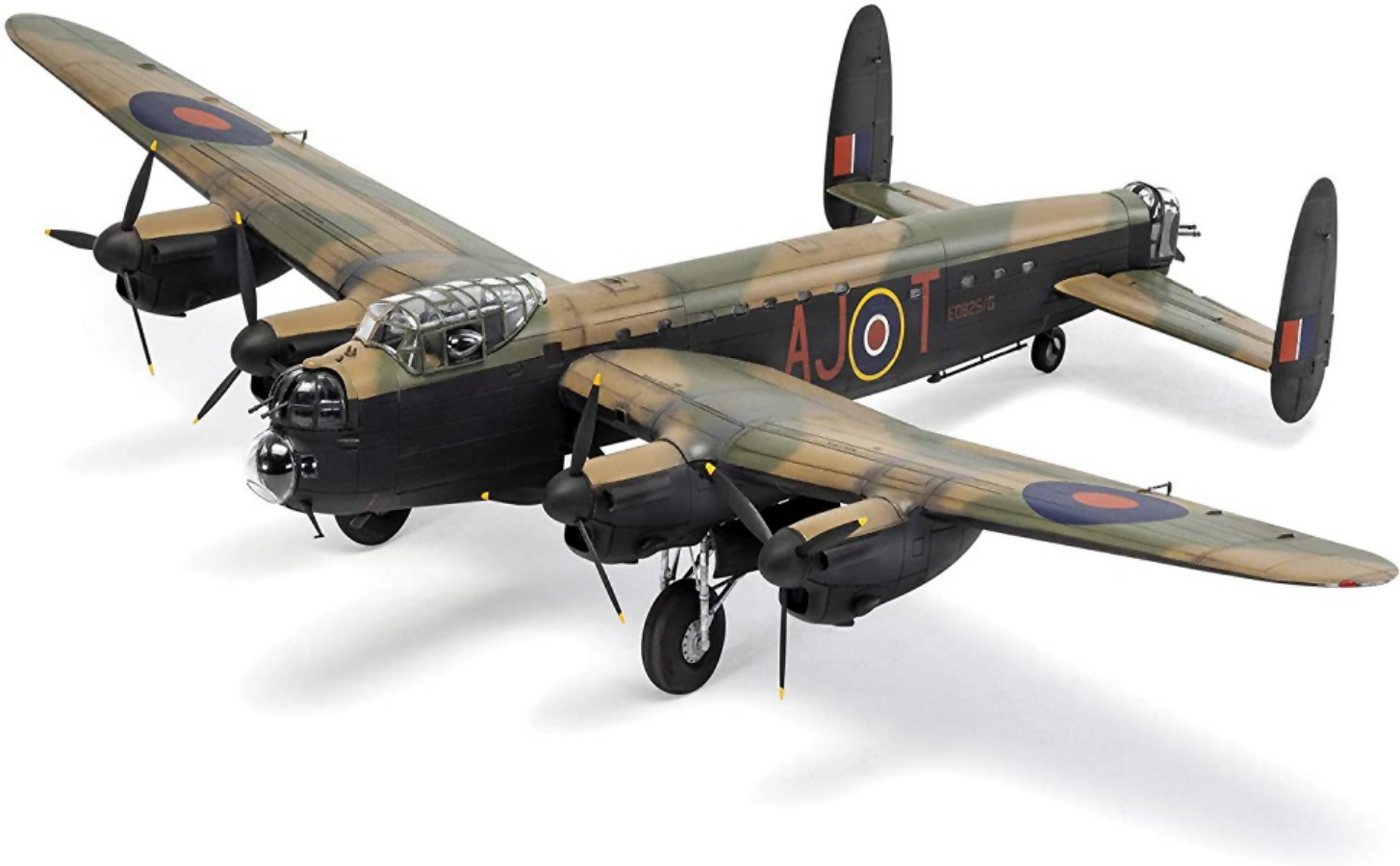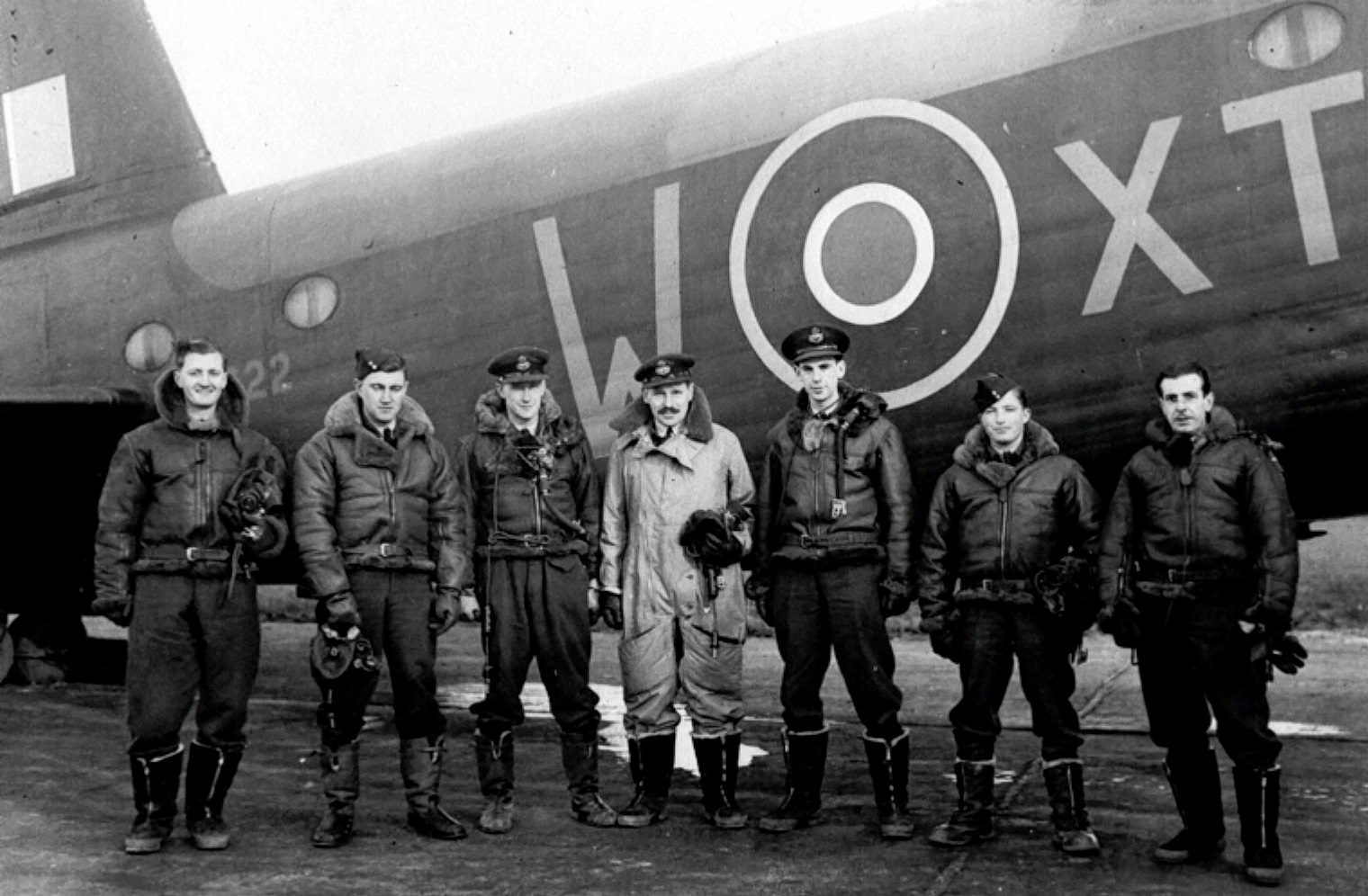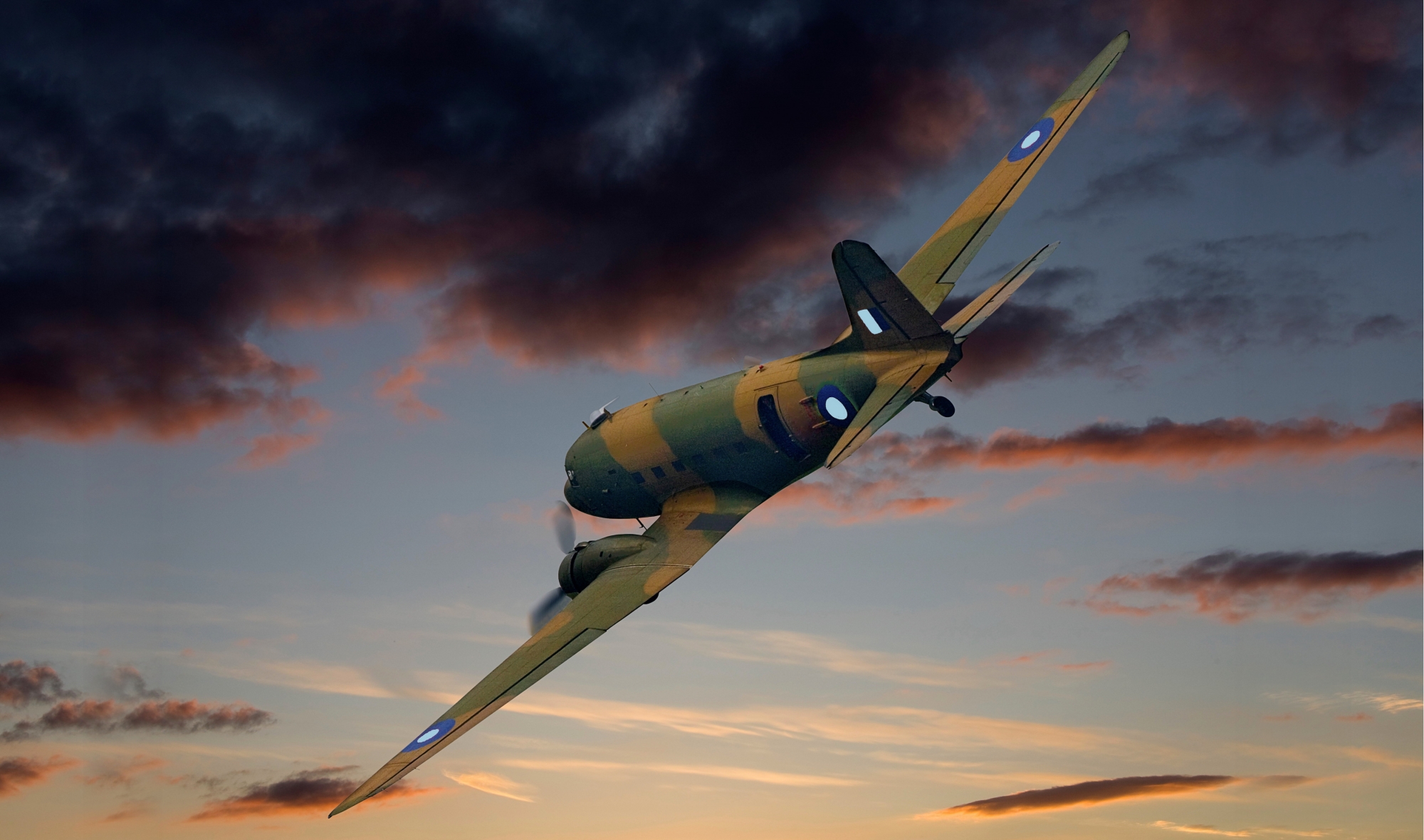Win an Airfix ‘Dambusters’ Avro Lancaster B.III (Special) scale model kit
This month, one lucky club member will win a 1:72 scale Airfix model kit of the Avro Lancaster B.III (Special), worth £38.99.
All current members have been automatically entered into this month’s ballot.











